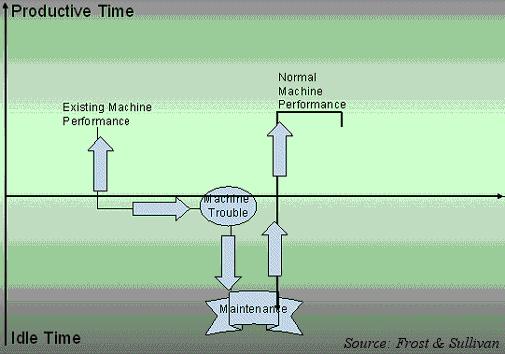
Source of information: http://www.frost.com/prod/servlet/market-insight-top.pag?docid=99304783
The health of machines and equipment in the industrial arena has attained great importance. With increasing focus on revenues and higher profitability, no manufacturing unit can afford downtime. Realizing this, several sensor-based instruments have been pressed into service to predict maintenance needs. In order to ensure smooth and continuous running of machines, frequent diagnostics checks, useful data gathering, and preemptive action based on the analysis of the gathered data are gradually gaining momentum. This has stimulated making machine health maintenance a part of in-house programs as well as tapping outside resources. Chart1.1 enumerates a scenario where normal maintenance is carried out in a production plant without using any diagnostic instruments.

Chart: 1.1 Diagnostic Industrial Sensor Equipment Market: Machine Performance over Normal Maintenance Schedules (World), 2007.
Machine health diagnostics is expensive, and not all companies can invest in it due to other priorities. The incidence of failures is among the most costly, troublesome forms of breakdowns on critical machines within the industrial space. To serve this expanding market, several independent companies that thoroughly check the performance of every machine on the floor by using sensor-based diagnostic equipment have emerged onto the market.
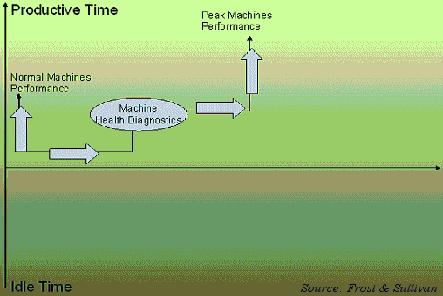
Chart: 1.2 Diagnostic Industrial Sensor Equipment Market: Machine Performance after Adopting Health Prognosis Systems (World), 2007.
Chart 1.2 exhibits a scenario where diagnostic tools are used to ensure predictive maintenance. In the realm of predictive maintenance, failures are most critical particularly when they cause significant damage, loss of life, or any human injury. To avert such situations, a number of diagnostic sensor tools have been developed to detect faults and pending failures. The innovations in sensors, including micro-sensor development, have gained significance. The existence of such diagnostic sensor tools help to not only analyze but also correlate reliable sensor output and its use by the machine operators. Such troubleshooting measures taken in time help reduce idle time costs and also ensure uninterrupted production. Both the wired and wireless sensors have immense potential to sense, store, and analyze the machine data to predict its health status.
Sensor Applications in Residual Life Prognosis
Chart 1.3 exhibits the array of sensor types comprising the sensor fusion used in machine health diagnostics. Research on digital signal processing and sensor technology has enabled interpretation of residual useful life (RUL) of a running machine in advance.
The introduction of a sensor based system by Foster-Miller ensures a very high level of accuracy in the statistical data gathered for monitoring machine bearings. Such accurate data helps in trouble free life prognosis for these bearings.
The introduction of acoustic emission-based sensors is just round the corner. It is expected to relate the health of rolling element bearings to certain condition indicators that helps to develop RUL prediction algorithms to be resident in these wireless sensors.
This data can further be validated by comparing it with the data obtained independently by an accelerometer. The same exercise can be repeated for lubricated bearings by deploying a ferrographic analysis sensor. The use of a wireless sensor system is likely to be a major aid for condition monitoring and assessment of industrial rotating machinery in which installing a wired monitoring system is difficult.
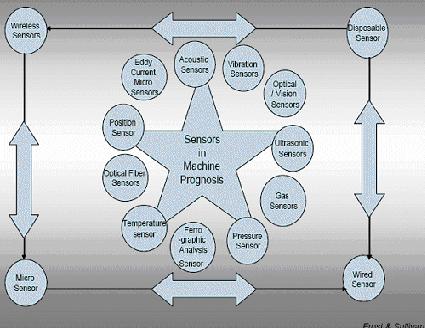
Chart: 1.3 Diagnostic Industrial Sensor Equipment Market: Sensor Fusion for Machine Health Diagnostics (World), 2007.
The basic rule in machine health prognosis is to keep track of the deviations from the normal state of operation of each individual machine. To distinguish the deviation, various parameters that form the mosaic of the health indicators of a running machine are measured. To name a few vibrations, acoustic (sound), position, pressure, and temperature sensors are used for such measurements. To detect any internal or external cracks (invisible or visible), ultrasonic sensors are used. The ultrasonic guided waves detect the cracks well up to micron levels and the seal failures in turbomachinery. Researchers have developed an optical fiber sensor designed to measure in-plane (tangential) surface motion by using acoustic emission signals.
Proactive Approach by Academic Institutions
Realizing the importance of machine health, academic institutions have started to permeate this concept to the industry. School of Electrical and Computer Engineering of the Georgia Institute of Technology in collaboration with The Georgia Tech Research Institute, the General Electric Company, Honeywell International, and Impact Technologies is imparting training through short-term courses. The area of this training ranges from the reliability area to novel concepts and methodologies for machine condition-based maintenance - Fault Diagnosis and Prognosis for Engineering Systems.
Diagnosis of Machine Health
Constant monitoring of machines is imperative for uninterrupted operation / production. Predictive maintenance is a step forward to ensure good machine health. However, the real solution to machine diagnostics is sensor fusion data analysis and thereupon an action plan. In many cases, the machine is likely to require only resetting, and this can be diagnosed only by using various types of sensors. A number of market participants are increasingly focusing on developing and commercially manufacturing the sensor-based diagnostic tools to regularly monitor machine health. These hardware companies include Honeywell, Emerson Process Management, and Foster Miller. In addition, several software companies such as Qualtech Systems Inc. and Neural Networks are working closely with sensor manufacturers to develop algorithms to analyze and interpret the data obtained by the sensors. All the companies involved have long-term plans to develop innovative sensor-based machine diagnostic products and thereby increase their market penetration.
Chart 1.4 exhibits a close relationship between the end-users which is a client production company, the sensor company that develops the machine health diagnostic instruments the servicing companies that undertake machine health diagnostic tasks.
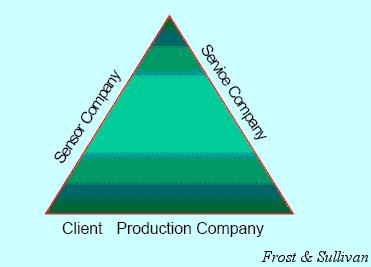
Chart 1.4 Diagnostic Industrial Sensor Equipment Market: Relationship Approach (World), 2007.
Machine Diagnostics Ц An Emerging Market
Chart 1.5 shows that hardware, software and networking companies work in close unison with each other in other; each providing its products and services to the machine diagnostic service market place. The machine diagnostics market is emerging. Realizing its potential, several service companies have entered this market with comprehensive plans. It is expensive for a production company to procure all the machine diagnostic tools. Hence, a number of machine diagnostic companies that primarily serve the production sector have emerged. They in effect are machine doctors. There are several leading companies offering such diagnostics services. An example is Sherman Diagnostics Services (Div of Sherman International Pvt Ltd).
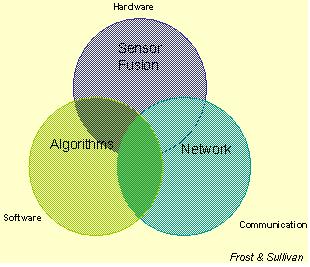
Chart 1.5 Diagnostic Industrial Sensor Equipment Market: Relationship Approach (World), 2007.
Such service companies are fully geared to take on the challenges of gathering and analyzing the information required to prescribe effective machine RUL solutions. Tracking the state of health of a machine, even if the machine is working perfectly, is very critical for detecting, identifying, and localizing the failure (diagnosis) and estimating the RUL of the component/machine (prognosis) for carrying out proper maintenance (prescription). These service companies are total solution providers and are expected to become an integral part of the industry, ensuring peak machine performances consistently, in the near term. To accomplish this complex task successfully, the sensor, software, and the communications have to ensure a complete synergy. The growth of this market is estimated to be high as production companies realize the importance of machine health diagnostics. In the process, the sensor and software participants are expected to be the largest beneficiaries of this growth.